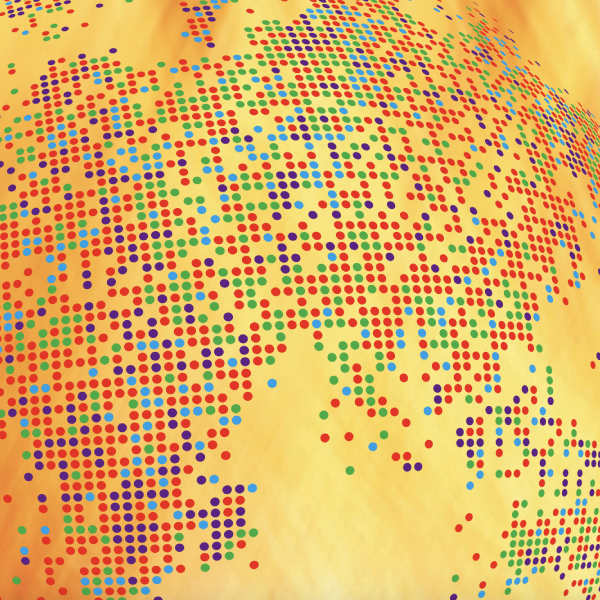The United Nations Development Program (UNDP) presented its Human Development Report, where unequal human development conditions and possibilities are studied.
The report ensures that there has been progress around the world in terms of the person’s capabilities of overcoming extreme deprivations of basic capabilities, such as access to basic services of education, health and technology. However, inequalities persist in the increased capabilities area (quality education at all levels, high-quality Internet access and health), which shows that those who are better positioned today will be even more so in the future, perpetuating the inequality.
Data shows that children from countries with low human development will have less prospects for life and growth than children from countries with high human development. About 17% of children from low-development countries will have died before the age of 20, while in high development countries this digit comes down to 1%. At the same time, only 3% of children born in the year 2000 in low-development countries complete higher education, while in the case of high-human-development countries this digit rises to 55%.
As a positive aspect, the progress in the variable of life expectancy at birth is remarkable, although there is still a gap of 19 years between high and low-development countries. There are also differences in the level of education of adults: 3.2% of adults in countries with low development have Higher Education, against 28.6% in developed countries.
In terms of digital technology access, the subscription rate for mobile telephony in high-development countries represents the 131.6%, twice of what it represents in low-development countries, which is 67%. Additionally, only 0.8% of the inhabitants of low-development countries have broadband.
These numbers reflect a rising inequality of access to increased capabilities between high and low-development countries, capabilities that are increasingly necessary due to the contemporary digital and changing era and the anticipated future. In addition, situations such as the current pandemic highlight the need for the acquisition of new technologies and the gaps they can generate between the different sectors.
These inequalities in human development represent a crucial obstacle to make the 2030 Agenda for Sustainable Development a fact. They are not only disparities in terms of income and wealth, they also will determine the expectations and living conditions of those who will live until the XXII century.
Based on the new and documented inequalities, five key messages for the treatment are proposed:
- Wide disparities in human development continue to exist, despite progress made on reducing extreme deprivation.
- A new generation of inequalities is emerging; divergences in increased capacities can be seen despite the convergence in basic capacities.
- Inequalities accumulate throughout life, often reflecting deep power imbalances.
- Assessing and responding to inequalities in human development requires a revolution in its measurement.
- We can correct inequalities by acting now, before imbalances in economic power move to the political arena.
To access the full report, visit http://report.hdr.undp.org/.

